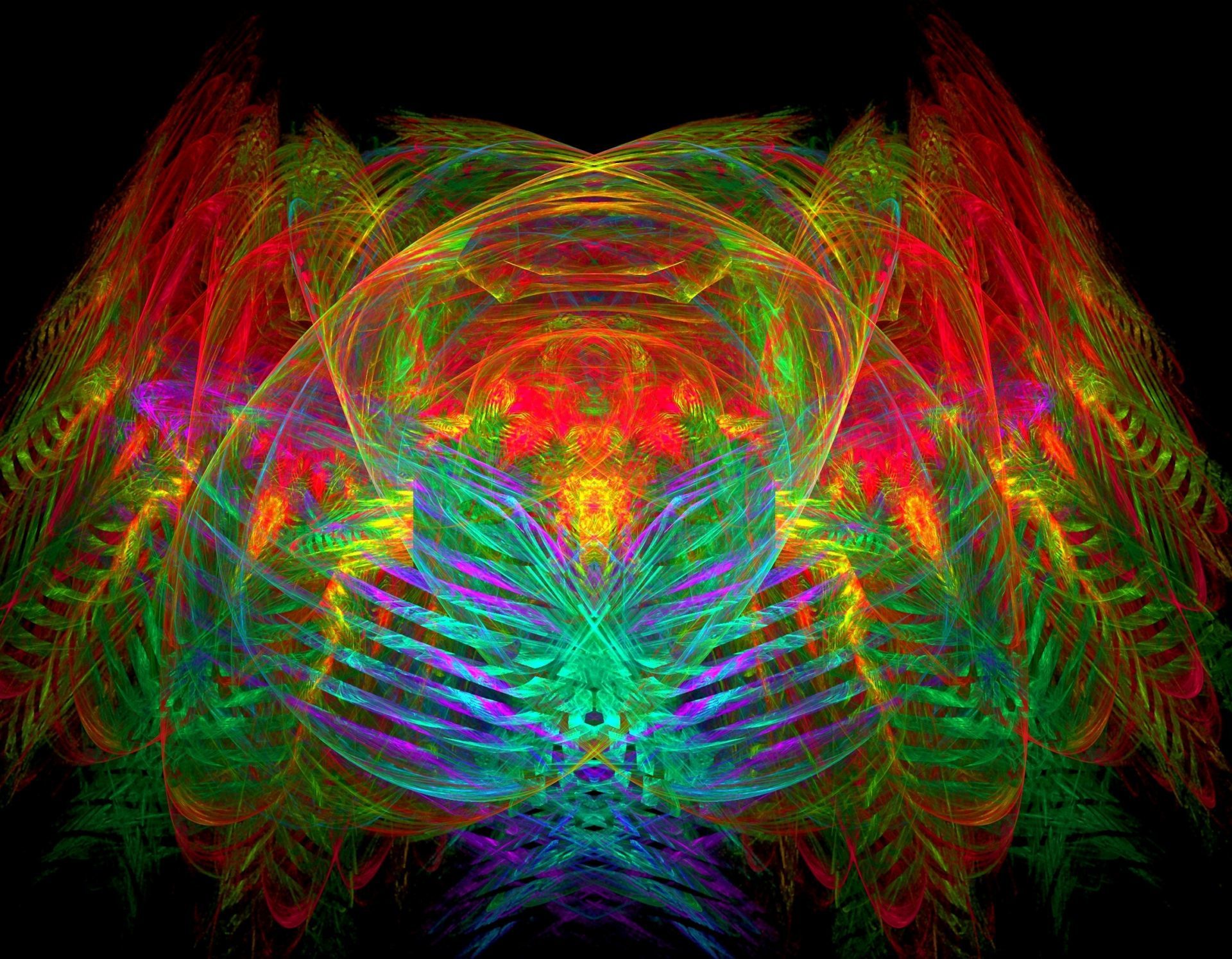
When you think of art conservation, it usually conjures up images of centuries-old paintings being meticulously brought back to life by hand.
However, in the modern day, art can take on many different forms, with many artists experimenting with digital mediums. One such medium is internet art, a form of digital artwork distributed via the internet.
Relying on operating systems and programming languages, internet art is just as in danger of being lost over time as its more traditional counterparts, with works such as Shu Lea Cheang’s Brandon, Mark Napier’s net.flag, and John F Simon Jr.’s Unfolding Object at risk of becoming obsolete as their underlying technologies go out of date.
Deena Engel, a professor of computer science at New York University’s Courant Institute of Mathematical Sciences explains how this can happen:
“If you think of a word processing document that you wrote 10 years ago, can you still open it and read or print it? Software-based art can be very complex. Museums are tasked with conserving and exhibiting works of art in perpetuity. It is important that museums and collectors learn to care for these vulnerable and important works in contemporary art so that future generations can enjoy them.”
However, just as conservators have developed methods to protect traditional artworks, computer scientists, in collaboration with time-based media conservators, have ways to stop digital art from becoming inaccessible.
How well do you really know your competitors?
Access the most comprehensive Company Profiles on the market, powered by GlobalData. Save hours of research. Gain competitive edge.

Thank you!
Your download email will arrive shortly
Not ready to buy yet? Download a free sample
We are confident about the unique quality of our Company Profiles. However, we want you to make the most beneficial decision for your business, so we offer a free sample that you can download by submitting the below form
By GlobalDataThe Guggenheim Museum and New York University are working together to ensure that internet art is preserved for future generations.
How to preserve internet art
As part of the efforts, Engel has collaborated with the Guggenheim Museum’s conservation department to analyse, document, and preserve computer-based artworks from the museum’s permanent collection.
Together, they have established Conserving Computer-Based Art (CCBA), a research initiative aimed at preserving software and computer-based artworks held by the museum.
CCBA is tasked with the conservation of 22 computer-based artworks in the Guggenheim collection to ensure long-term storage and access to the public.
Engel explains how the researchers go about preserving internet art, aiming to modernise it without drastically changing how it looks and functions:
“If we migrate a work of software-based art from an obsolete programming environment to a current one, our selection and programming decisions in the new programming language and environment are informed in part by evaluating the artistic goals of the medium first used. We strive to maintain respect for the artist’s coding style and approach in our restoration.”
One example is Shu Lea Cheang’s Brandon, a piece of web artwork that uses interactive network code.
Many features of the work had begun to fail as the software used got older; specific pages were no longer accessible, text and image animations no longer displayed properly, and internal and external links were broken.
However, through the collaboration Engel, and former senior conservator of time-based media at the Guggenheim Museum Joanna Phillips, were able to restore it in 2016-2017 so it could function as the artist intended once more.
Another piece of art restored by the team was Unfolding Object. It enables visitors from across the globe to create their own individual artwork online by unfolding the pages of a virtual “object” to create a new shape.
Because the Java technology used to develop this early Internet artwork is now obsolete, the work was no longer supported by contemporary web browsers and is not easily accessible online. However, the team was able to move the artwork from the obsolete Java applet code to the contemporary programming language JavaScript so it could be accessed again.
This is not the only example of cutting-edge technology being used to preserve art. Recently, a project was launched in Mexico City Combining drones and blockchain to preserve urban street art



